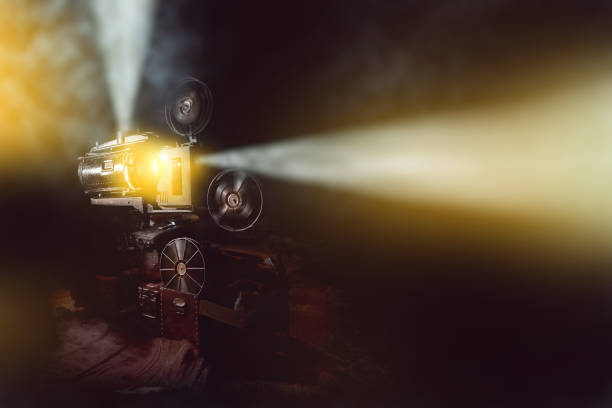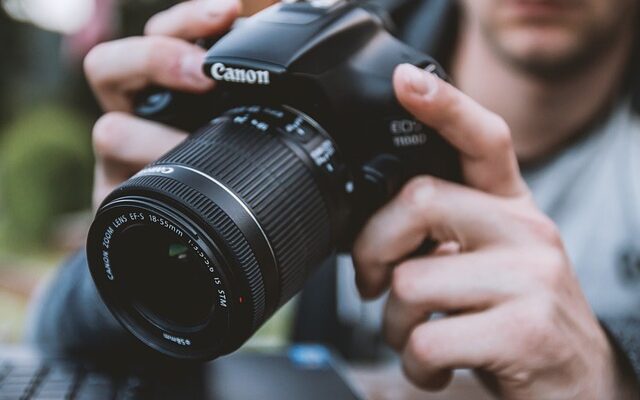In the realm of filmmaking, actors often receive accolades for their performances, but behind every captivating portrayal lies the guidance of a skilled director. Directors play a pivotal role in shaping the nuances of a character and guiding actors to deliver performances that resonate with audiences. This collaborative process between actors and directors, particularly in the realm of camera performance, is what brings the magic of cinema to life.
Understanding the Director’s Vision
At the heart of any successful collaboration between actors and directors is a shared understanding of the director’s vision for the film. Directors conceptualize the overall tone, mood, and aesthetic they want to convey, and it is their responsibility to communicate this vision to the actors. Through discussions, rehearsals, and script analysis, directors provide insights into the characters’ motivations, emotions, and relationships, allowing actors to inhabit their roles more authentically.
Building Character Depth

One of the director’s primary tasks is to help actors delve deep into their characters, uncovering layers of complexity and authenticity. Through discussions about backstory, character arcs, and motivations, directors assist actors in developing a deep understanding of who their characters are and what drives them. This exploration allows actors to infuse their performances with nuance and depth, bringing a sense of authenticity to their portrayal.
Crafting Emotional Authenticity
Emotional authenticity lies at the core of compelling performances, and directors play a crucial role in helping actors tap into their emotional reservoirs. By creating a supportive environment on set and fostering trust between themselves and the actors, directors encourage performers to explore the full range of human emotions. Through improvisation exercises, emotional memory techniques, and deep character analysis, directors guide actors in accessing genuine emotions that resonate with audiences.
Collaborating on Blocking and Movement
Effective camera performance involves more than just delivering lines; it also encompasses movement, blocking, and spatial awareness. Directors work closely with actors to choreograph movement within the frame, ensuring that every gesture and step serves the narrative purpose. Through rehearsals and blocking sessions, directors and actors collaborate to find the most impactful ways to stage scenes, allowing for dynamic camera compositions that enhance the storytelling.
Navigating Technical Challenges
In addition to the artistic aspects of performance, directors also help actors navigate the technical challenges of working on a film set. From understanding camera angles and eyelines to adjusting performances for different shot sizes, directors provide guidance on how to tailor performances for the camera. This collaboration ensures that actors remain mindful of the technical requirements while staying true to the emotional integrity of their characters.

Embracing Improvisation and Spontaneity
While meticulous planning is essential in filmmaking, directors also recognize the value of spontaneity and improvisation in performance. By creating a supportive environment that encourages experimentation, directors empower actors to take creative risks and explore new facets of their characters. These spontaneous moments often yield some of the most authentic and memorable performances, adding a layer of unpredictability and vitality to the film.
Feedback and Collaboration
Central to the collaboration between actors and directors is a process of continuous feedback and refinement. Directors provide constructive feedback to actors, offering insights into areas for improvement while also acknowledging moments of brilliance. This open exchange fosters a sense of trust and collaboration, allowing actors to feel supported in their creative journey while also pushing them to elevate their performances to new heights.
Conclusion
The collaboration between actors and directors in camera performance is a dynamic and multifaceted process that lies at the heart of cinematic storytelling. Through shared vision, character exploration, emotional authenticity, and technical expertise, directors guide actors in delivering performances that captivate and resonate with audiences. It is through this collaborative partnership that the magic of cinema is brought to life, one frame at a time.



